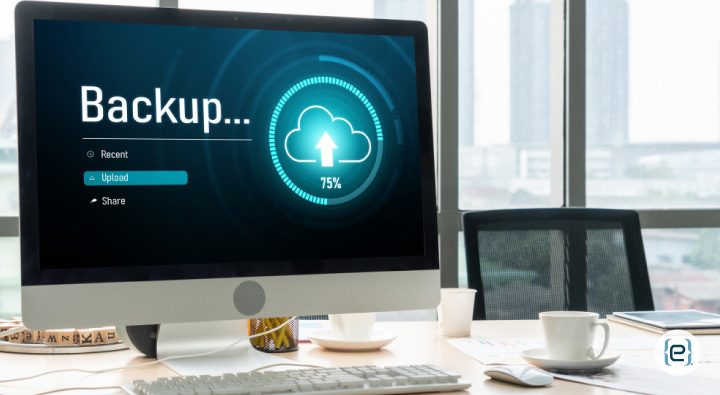Backing up your website is not just a technical chore—it’s a critical safeguard for your business, brand, and peace of mind. In an era where cyber threats, accidental deletions, and hardware failures are routine, you need a robust backup strategy to ensure your website’s resilience and operational continuity.
The Significance of Website Backups
Your website is more than a digital storefront. It’s your brand’s voice, a revenue generator, and a key communication channel. A sudden loss—whether from hacking, accidental deletion, or server malfunction—can disrupt your operations and damage your reputation.
Backups serve as your safety net, letting you restore your site swiftly and minimize downtime. But for backups to be truly effective, you need a well-planned approach tailored to your unique requirements.
Identify What Needs Backing Up
Start by understanding what makes up your website. Typically, this includes:
- Files: Images, code, themes, and plugins.
- Databases: Dynamic content like posts, user data, and transactions.
Both are essential—ensure your backup solution covers them.
Select an Appropriate Backup Solution
How you back up your website directly affects the reliability and security of your data. Consider these options:
- Manual Backups: Download files and databases regularly and store them securely. This method offers maximum control but is labor-intensive.
- Automated Plugins: Tools like UpdraftPlus or BackupBuddy automate the process, allowing you to schedule and perform incremental backups, optimizing both storage and time.
- Third-Party Services: Solutions such as VaultPress provide offsite storage, monitoring, and automated restoration—ideal for businesses needing high reliability and security.
For deeper insights into securing your site, explore our guide on detecting and preventing malware.
Establish a Backup Schedule
How often should you back up? It depends on your website’s activity:
- E-commerce or Dynamic Sites: Daily or even hourly backups are recommended.
- Static Informational Sites: Weekly backups may suffice.
Automating your backups ensures consistency and reduces the risk of human error.

Secure Your Backups
A backup is only as good as its security. Don’t rely solely on local storage, which is vulnerable to theft, hardware failure, and cyberattacks. Instead, implement the 3-2-1 rule:
- Maintain three copies of your data.
- Store it in two different formats (e.g., cloud and external drive).
- Keep one copy offsite.
Cloud services such as Amazon S3 or Google Drive are popular for offsite storage. Always encrypt your backups to protect sensitive information. For more on protecting your business from cyber threats, see our article on small business cyber security.
Regularly Test Your Backups
A backup’s value lies in its ability to restore your site. Regularly test your backups by restoring them in a staging environment. This practice verifies data integrity and uncovers potential issues before a real emergency strikes.
Retention Policies and Compliance
Determine how long you need to retain backups. Regulatory and operational needs may require you to preserve backups for extended periods. Ensure your chosen storage solution can accommodate these requirements without sacrificing efficiency. eMazzanti offers guidance on third-party backups for business security.
Document Your Backup Process
Clear documentation is essential—especially for teams. A step-by-step guide ensures anyone can manage or restore backups during emergencies. Include details about schedules, tools, storage locations, and testing protocols.
Integrate Backups Into Disaster Recovery Plans
Backups are a cornerstone of any disaster recovery plan (DRP). Your DRP should outline how to recover from disruptions such as cyberattacks or system failures. Aligning your backup strategy with your DRP creates a cohesive, effective response.
A Proactive Perspective: Protecting Your Future
Investing in a proactive backup strategy isn’t just smart—it’s essential. The upfront investment is minor compared to potential losses from data breaches or prolonged downtime. Don’t let backup oversight put your business at risk.
Conclusion
Building a resilient website is about more than technical know-how—it’s about preparation and foresight. From identifying critical data to selecting the right solutions and schedules, every step you take reinforces your website’s stability. Integrating backups into your disaster recovery plan ensures your business can weather unexpected challenges.
In today’s digital landscape, prioritizing backups is non-negotiable. It’s a foundational practice that safeguards your operations, reputation, and peace of mind. Ready to strengthen your website’s defenses? Contact eMazzanti today to learn how we can help you implement a comprehensive backup and disaster recovery solution tailored to your needs. Your future self will thank you.






